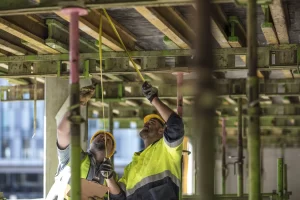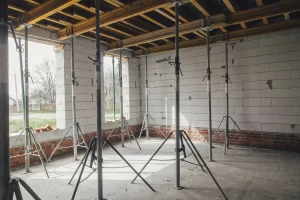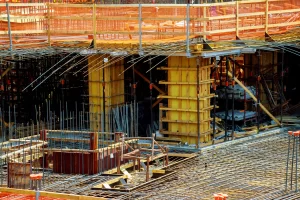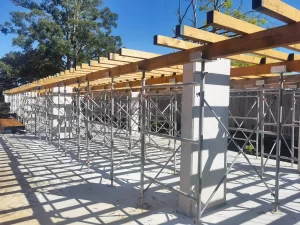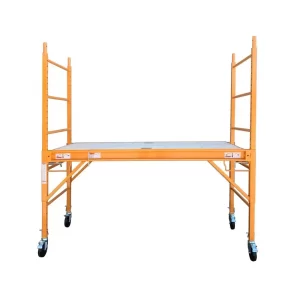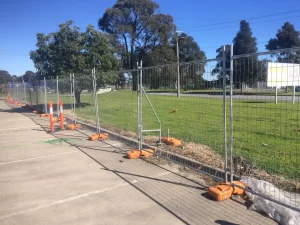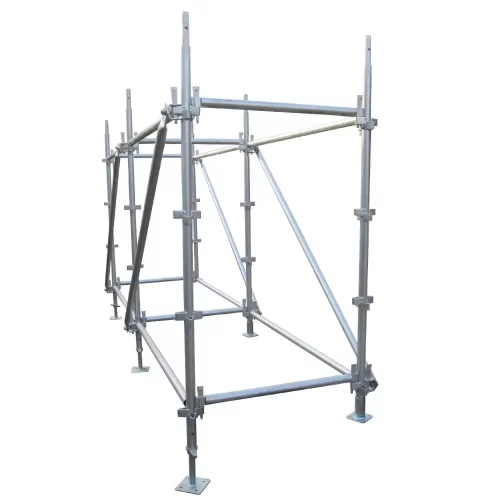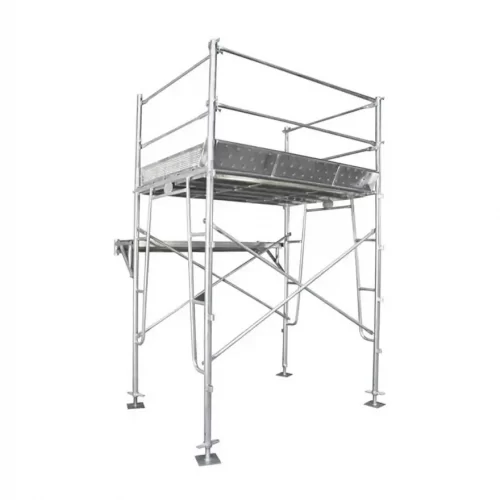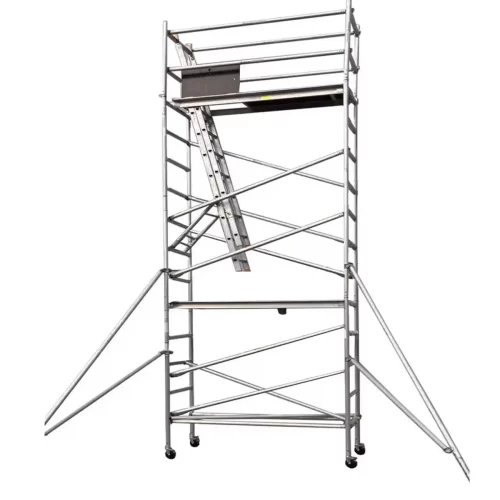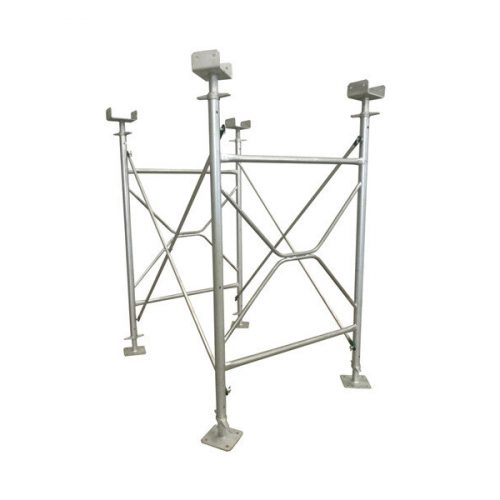Scafeast Blog
Why is Scaffolding Important?
Scaffolding is important as it provides a means to work on structures that are not easy to reach and without it, there would be no way to access the top of tall buildings. Scaffolding allows people to carry out works on various structures safely and securely. Scaffoldings are used when carrying out maintenance and repairs on very high structures, mostly in construction sites where workers cannot get flat roofs or walls for scaffolding purposes. Scaffoldings have been developed with new features such as automatic cantilevering systems which let scaffold move automatically without any manual movement from users; this helps ensure the safety of workers at all times.
Why Scaffolding Is Important In Construction Sites?
Scaffoldings are important in construction sites because it enables maintenance and repairs to be carried out on high structures. Scaffolding is used when carrying out construction works on very tall buildings, roofs, and walls that cannot be reached by workers. Scaffoldings are usually built to work in close proximity to the building being constructed or repaired. Scaffolds are temporary structures used for constructing buildings. Scaffoldings have been designed with new features such as automatic cantilevering systems which let scaffold move automatically without any manual movement from users; this helps ensure safety of workers at all times. Scaffoldings are important parts of every building site, these help constructions projects run smoothly and efficiently as they provide a safe working platform for people who carry out different jobs.
Important Safety Aspects of Scaffolding?
- Scaffolding is the foundation of construction worksites. Scaffolding components are safety-critical and must be inspected before each use for damage to the platform or other components, strength and ties among scaffold members, stability in high winds, the condition of the lashings (if used) that secure it to a building wall or other structure, and proper securing of guy wires (if used).
- Scaffolds should not be altered by employees for any reason without written permission from the management; altering a scaffold could void its certification.
- Scaffolds should be constructed under the supervision of a qualified Scaffold Structural Engineer (SSE) and in compliance with OSHA 1926 Subpart L Scaffolds standards.
- Scaffolds must not be erected adjacent to unstable or unsafe surfaces, such as loose sand/gravel, excessive water on pavement, unsecured scaffold platforms against building frontages where workers may fall off the scaffold onto pedestrians, etc.
- Scaffolds should have guardrails that conform to consensus standards for Scaffolding Guardrail Systems by ANSI A1092-1949 approved by NWHA (National Wholesale Hardware Association). If there is no consensus standard available, then the Guardrail Systems
- Employees must never walk on top of roofing felt or waterproofing materials when they are wet; these surfaces become very slippery when wet with water
Enjoyed the artice above? We have a lot more – have a look below.
Essential Scaffold Components
A single scaffold bay incorporates a variety of parts, each with their own purpose, to [...]
Feb
How to Install Acrow Props
Acrow Props are known by a variety of names, including Shoring Posts, Formwork Props, or [...]
Feb
How Far Apart Should Acrow Props be?
Before using on any site, it is important to know how many Acrow Props you [...]
Jan
What is Formwork Construction and why it is Important
Formwork is a variety of modular components or materials that act to encase and support [...]
Mar
What is Laminated Veneer Lumber and its Advantages
Only a select few timber products are quite as strong as Laminated Veneer Lumber (LVL). But [...]
Feb
How To Easily Install Portable Temporary Fencing
As a new project begins, it’s vital to understand how to build a Temporary Fence [...]
Jan
The Benefits of Scaffold Maintenance
Scaffolding provides access for hard-to-reach areas allowing builders to complete work in a safe manner. [...]
Jan



